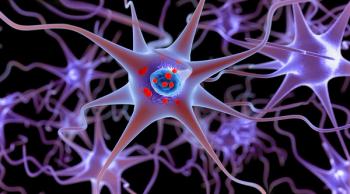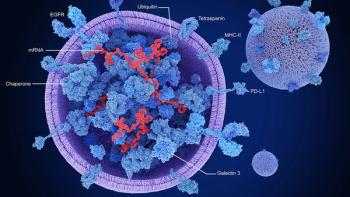
BI Expands Biomanufacturing Capacity in Europe
Boehringer Ingelheim (BI) has announced in a press release the expansion of its biopharmaceutical manufacturing capabilities at its plants in Biberach, Germany and in Vienna, Austria.
Boehringer Ingelheim (BI) has announced in a
The expansion will include cell-culture and microbial-fermentation capacity and support cell-line and process-development services for BI’s contract manufacturing business. BI has invested approximately EUR 17 million ($26.8 million) to expand cGMP cell banking, process science, cell-line development, and quality laboratories at the two sites.
BI expects to use the expanded resources for services that include monoclonal antibody development, product development using BI’s proprietary high-expression systems, and proprietary plasmid DNA platform. In addition, the facilities will support collaborations with Pfenex on Pseudomonas fluorescens bacterial expression technology and with VTU Technology on Pichia pastoris yeast expression technology.
In the company release, Dr. Dorothee Ambrosius, senior vice-president of Biopharmaceuticals Global Process Science, says, “This is another milestone within our contract manufacturing strategy securing technology leadership and towards increased flexibility and customer orientation.”
Newsletter
Stay at the forefront of biopharmaceutical innovation—subscribe to BioPharm International for expert insights on drug development, manufacturing, compliance, and more.





